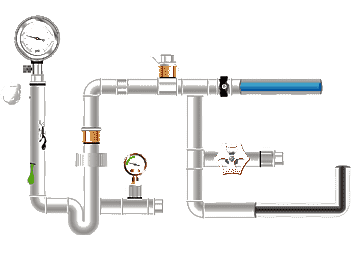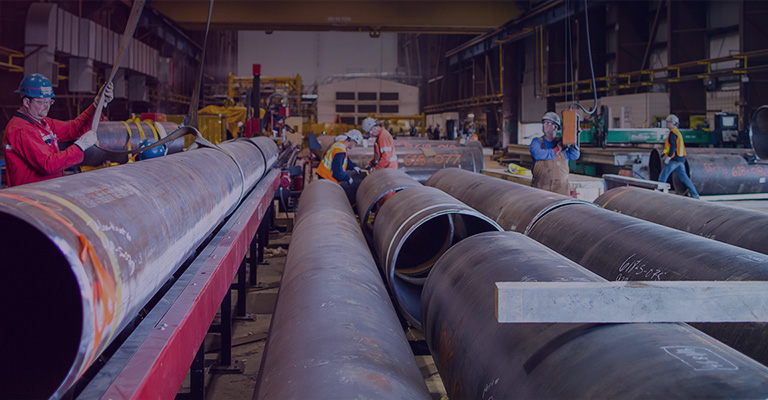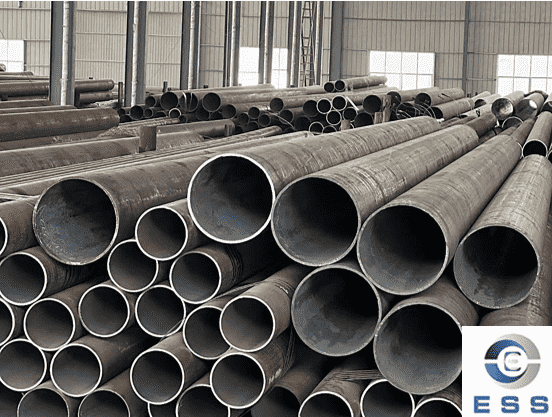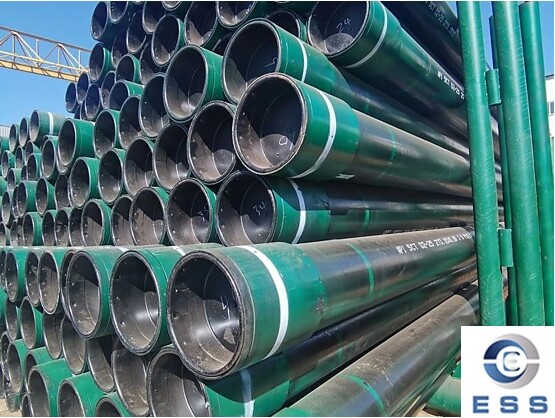
If the OCTG
casing pipe does not meet the quality inspection standards, the following
treatment methods can be adopted:
Evaluation and classification
1. Detailed inspection and analysis
Carry out more in-depth inspection and
analysis of OCTG casing pipe that does not meet the quality standards to
determine the specific problems. For example, through metallographic analysis,
chemical composition testing, mechanical properties testing and other means,
find out whether the casing pipe has
problems in material, size, strength, sealing and other aspects.
For casing pipe with cracks, severe
corrosion or deformation, it is necessary to focus on analyzing the causes of
its occurrence and determine whether it is caused by defects in the
manufacturing process, improper transportation and storage, or damage during
installation.
2. Classification and treatment
Classify the substandard casing pipe
according to the test results. If the problem is minor, it may only need to be repaired or rectified: if the problem is serious, it may need to be scrapped or
downgraded.
For example, for casing pipe with slight
scratches on the surface or loose threaded connection, it can be considered to
be repaired and then tested again: for casing pipe with serious cracks or
serious lack of strength, it should usually be scrapped directly.
Repair and rectification
1. Repair of surface
defects
For minor surface damage, such as scratches
and pits, grinding and polishing can be used for repair. Ensure that the
repaired surface is smooth and flat, and does not affect the performance and
sealing of the casing.
During the repair process, pay attention to
controlling the depth and range of the repair to avoid excessive repairs that
cause the casing pipe wall thickness to become thinner or the strength to
decrease. At the same time, the repaired parts should be re-tested to ensure
that the repair quality meets the requirements.
2. Thread repair
If the threads of the casing pipe are
damaged or the connection is not tight, thread repair tools can be used for
repair. For example, use a thread comber to reprocess the damaged threads to
restore them to the standard size and shape.
After the thread repair, the thread
connection test should be carried out to ensure that the sealing and strength
of the connection meet the requirements. At the same time, the repaired threads
should be rust-proofed and treated to prevent damage again.
3. Strength improvement
If the strength of the casing pipe does not
meet the standard, heat treatment and other methods can be considered for
strengthening. For example, OCTG casing pipe is subjected to heat
treatment such as quenching and tempering to improve its strength and
hardness.
However, the heat treatment process
requires strict control of process parameters to avoid new defects in the casing
pipe due to overheating or overcooling. After heat treatment, the mechanical
properties of the casing pipe should be tested again to ensure that the
strength improvement meets the requirements.
Scrapping and downgrading
1. Scrapping
OCTG casing pipe that is severely damaged,
cannot be repaired, or has too high a repair cost should be scrapped. The
scrapped casing pipe should be properly disposed of in accordance with relevant
regulations to avoid environmental pollution.
For example, the scrapped casing pipe can
be cut, crushed, etc., and then recycled as scrap metal. At the same time, the
number and reasons of the scrapped casing pipe should be recorded to facilitate
subsequent quality analysis and improvement.
2. Downgrading
In some cases, if the quality problem of
the casing pipe does not affect its use in a lower-requirement environment,
downgrading can be considered. For example, the casing pipe originally used for
high-pressure and high-temperature wells can be downgraded to low-pressure and
low-temperature wells if the strength is slightly insufficient.
Downgraded use requires strict evaluation
and approval to ensure that the casing can meet safety requirements in the new
use environment. At the same time, the downgraded casing pipe should be
specially marked and managed to facilitate tracking and monitoring of its use.
Summary
In short, for OCTG casing pipe that does
not meet the quality inspection standards, reasonable treatment methods should
be adopted according to the specific circumstances to ensure the safety and
efficiency of oil production. At the same time, it is necessary to strengthen
the control and management of casing pipe quality to reduce the occurrence of
quality problems from the source.









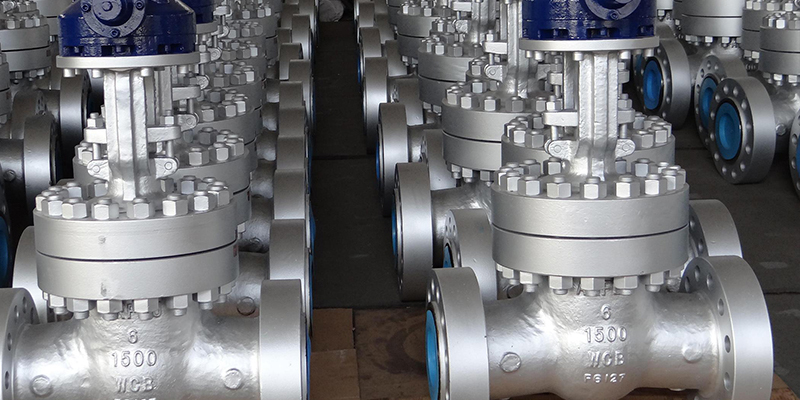
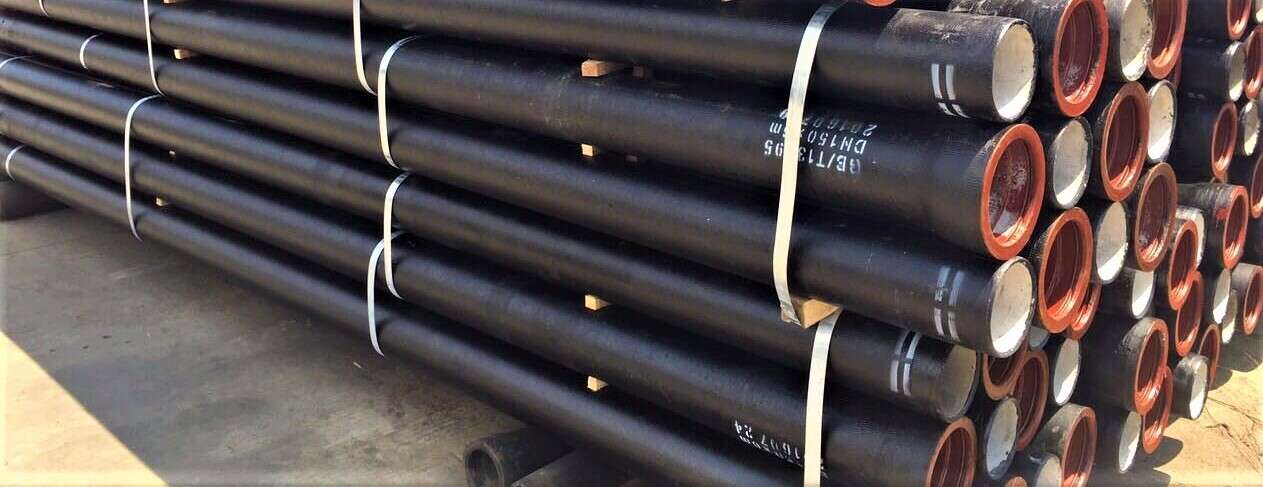


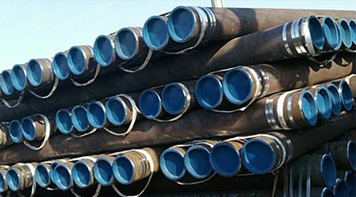 Eastern Steel Manufacturing Co.,Ltd not only improve product production and sales services, but also provide additional value-added services. As long as you need, we can complete your specific needs together.
Eastern Steel Manufacturing Co.,Ltd not only improve product production and sales services, but also provide additional value-added services. As long as you need, we can complete your specific needs together.
